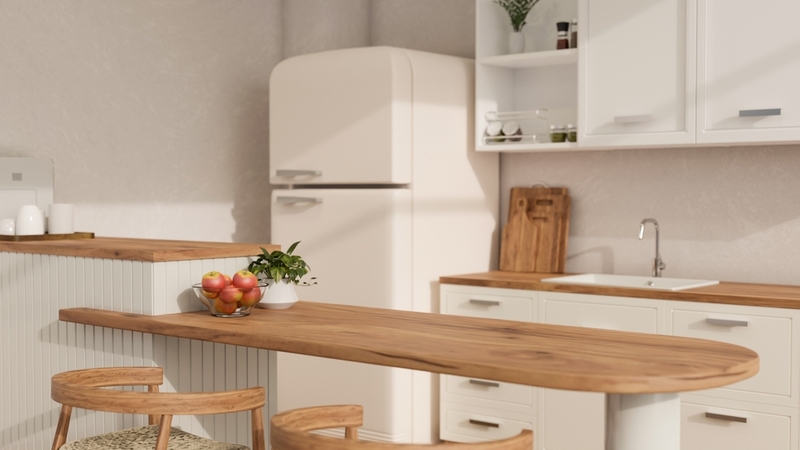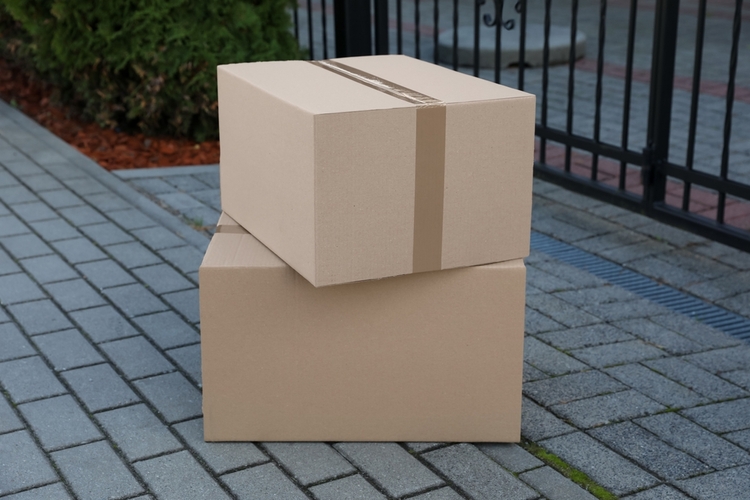Downsizing your home can be a liberating journey, offering a way to simplify your life and prioritize what truly matters. Whether you’re moving to a smaller space due to lifestyle changes, economic reasons, or a desire for less clutter, the process requires careful planning and consideration. This guide will walk you through the essential steps to ensure that your transition to a more compact living space is smooth, efficient, and stress-free.
Start Right Away
The key to a successful downsize is to begin the process as early as possible. You don't need to wait until you’ve secured your new, smaller home to start. Early action can begin with general decluttering — sorting through belongings and identifying items you no longer need or want. This initial step of clearing out unnecessary items can significantly ease the burden when it comes time to pack and move.
Toss That Obvious Junk!
When you move from a big house to a smaller one, it’s almost certain that you’ll have to get rid of some of your belongings to accommodate the reduced storage space. That being said, there’s no need to take the extreme minimalist approach to figure out what you want to bring into your new place. So how much stuff do you actually need to throw away or donate?
Well, you may not know yet — but you’ll almost certainly know of a few things you want to part with. Before we get into the nitty-gritty of downsizing strategy, take a first pass and throw away and donate that obvious stuff. Everything you get rid of now will simplify the later steps. When you get to the point of having to catalog items and make tons of individual decisions, you’ll be happy that you took a rough first swing at downsizing. Treasure this — it’s the easy part!
Size Up Your New Living Space

If you’re moving to a new space, you should have a good idea of how much room you’ll have for your belongings. Know how many items you have and where they’ll fit. This will allow you to start deciding the overall layout of your new home. A sketch — complete with dimensions — will help a lot as you plan out how to organize a room. How much space do you really have?
Depending on how extreme your downsizing is, you may even be able to do it as you move. If you can start moving in slowly, it’s ideal to move large pieces like furniture and dressers in.
But beware: This only works for the simplest of moves. If you’re going to have to get rid of a lot of stuff, plan ahead! Use those sketches, do the math, and don’t wait until the big move to find out that you’ve overcrowded your new space.
When laying out your new space, remember to account for the largest and most important things, too. Have you ever heard that old metaphor about trying to fit rocks and sand into a jar? Put the rocks in first, and the sand will slip in around them; but put the sand in first, and you’ll find the rocks won’t fit.
When you’re planning, keep that metaphor in mind. Sketch out where your favorite and most essential pieces of furniture will go. Fill in your appliances and other nonnegotiable items. Then decide if you can keep that china cabinet full of knickknacks.
Consider Upgrading (or Downsizing) Furniture and Appliances
As you plot your downsizing move, consider whether this might be the right time to refresh some of your household items. Opting for newer, possibly more compact furniture and appliances can not only modernize your living space but also save you the trouble of moving items you’re planning to replace anyway.
Think about your space as you consider your upgrade options. Look at any appliances that may come with the house, too, and think about what’s right for the space. Would a top-loading or side-loading washing machine work better in your new space? Would a smaller oven or dishwasher buy you the extra cabinet space you need in the kitchen?
Evaluating what to upgrade will help you visualize and plan the available space in your new home more effectively.
Take Inventory of “The Rest”
Now that you have a plan, it’s time to catalog the rest of your possessions. Lay out everything in a notebook or a spreadsheet, noting the dimensions and significance of each item. Think of this process like a sports league draft — you can pick your favorites until you run out of space. What’s on your “draft board?” This systematic approach will help prioritize what truly needs to move with you.
Use a Decluttering and Downsizing Technique to Decide What to Part With
The toughest part of downsizing is dealing with all of the “little things” — the clutter that you love, the stuff that takes up lots of room only because there’s so much of it.
So how can you decide what to keep? Try out a few of these tried-and-true methods:
- The “KonMari” (Marie Kondo) Method: Focus on keeping items that “spark joy,” ensuring that every item in your new home adds value to your life.
- The Three-Box Method: Label three boxes as “Keep,” “Donate/Sell,” and “Throw Away” to sort items efficiently and make clear decisions about their fate. Some versions of this method add a fourth box for “Storage.”
- The “Packing Party” Method: Pack up a room as if you’re moving and remove items from their boxes only as you use them. Whatever stays in boxes for months is likely unimportant.
- The Backward Hanger Method: Similar to the packing party, this method involves turning hangers around on your clothes. Start with all the hangers “backward” and turn them around as you wear certain clothes. Whatever is still facing the “wrong” way after a few months is something you don’t wear much.
- The “90/90” Method: When considering an item, ask yourself if you have used it in the past 90 days and if you plan to use it in the next 90 days. If the answer to both questions is “no,” you probably don’t need that item.
Where Your Old Things Will Go

Throwing your unwanted items in the bin is an easy way to clear out your inventory, but there are other ways to give them a longer life span. You can always donate old clothes and toys, bring pantry items to a food drive, and sell furniture through online markets. How you choose to give your old stuff away will depend on factors like time and location, so take a moment to look around your area to see who might be willing to take things off your hands.



